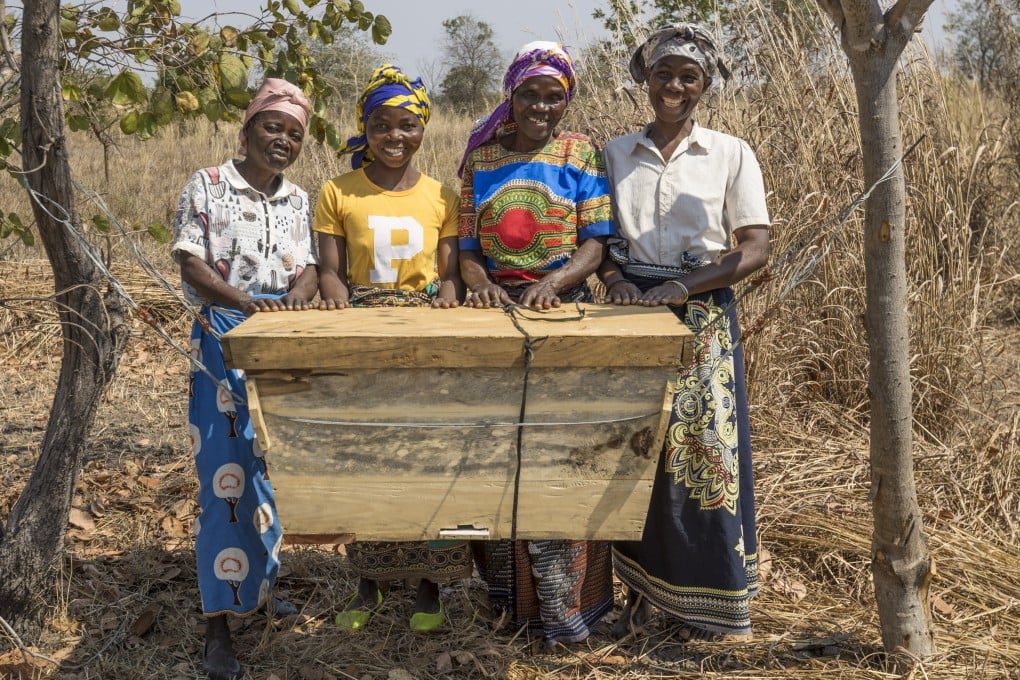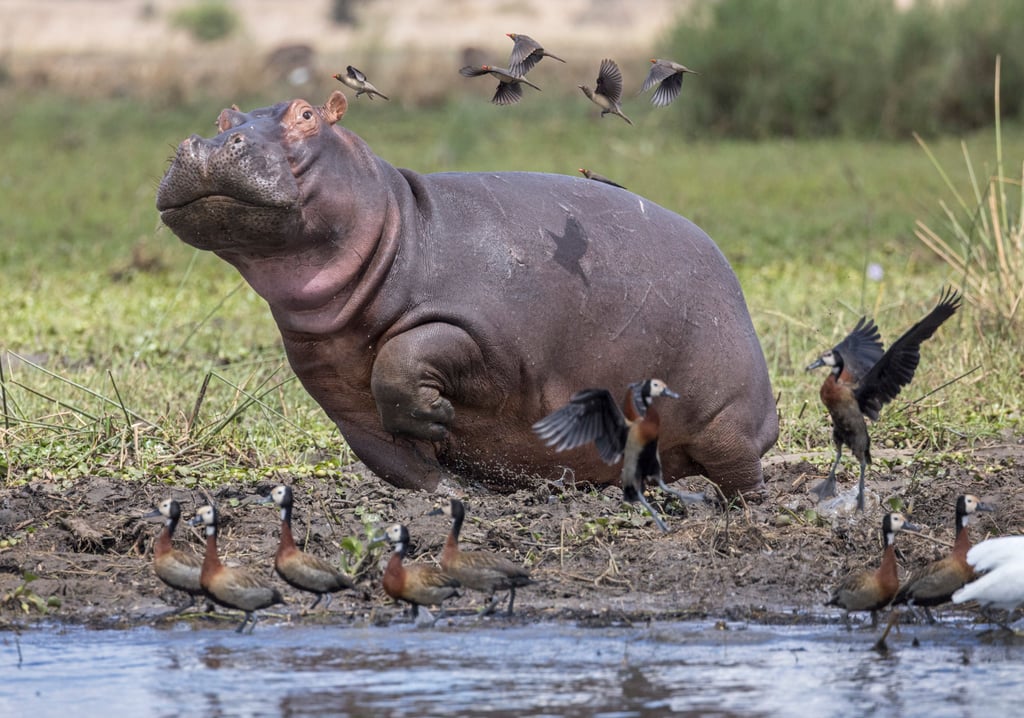National park in Malawi, southern Africa, sets benchmark for reducing human-animal conflict and restoring habitat for wildlife, and safari tourism grows
- Lions, elephants and other wildlife are thriving in Liwonde National Park, seven years after international managers were hired to engage with local villagers
- Safari tourism, key to making the park self-sustaining, is up and poaching and illegal fishing are down, but the battle to safeguard wildlife is constant

From the air, Liwonde National Park appears as an undulating expanse of mopane woodland. The gentle humps of the Chinguni and Kadangusi hills dominate the foreground, giving way to the open, lush Chikalogwe Plain, where herds of water buffalo, sable antelope and impala graze beneath elegant Borassus palms.
The Shire (pronounced “shi-ray”) river – fringed by countless tributaries, lagoons and oxbow lakes – meanders through the landscape, a fiery ribbon in the late afternoon sun. It’s easy to see why Liwonde is rated by many as Malawi’s premier safari destination.
The South African pilot banks his helicopter, causing a minor stampede of hippopotamus. As the ungainly beasts run for the safety of the river, attendant oxpeckers fly off in search of a new herbivorous host.
“I want you to see something,” says Mike Reid, in his distinctive Afrikaans accent. “It really drives home the pressures the park is under, and also the achievements we’ve made.”

The aircraft is soon hovering above the park’s fence line, close to one of the main access gates. The contrast between the two sides is stark: the interior is thickly forested, but the exterior is almost completely devoid of trees, with plots of dry grass interspersed with patches of newly burned ground, some of it still smouldering.
Clusters of single-storey, mud-brick buildings in various states of construction dot the landscape, which stretches towards a shimmering, similarly treeless horizon. Liwonde is a wildlife island in a sea of humanity.
